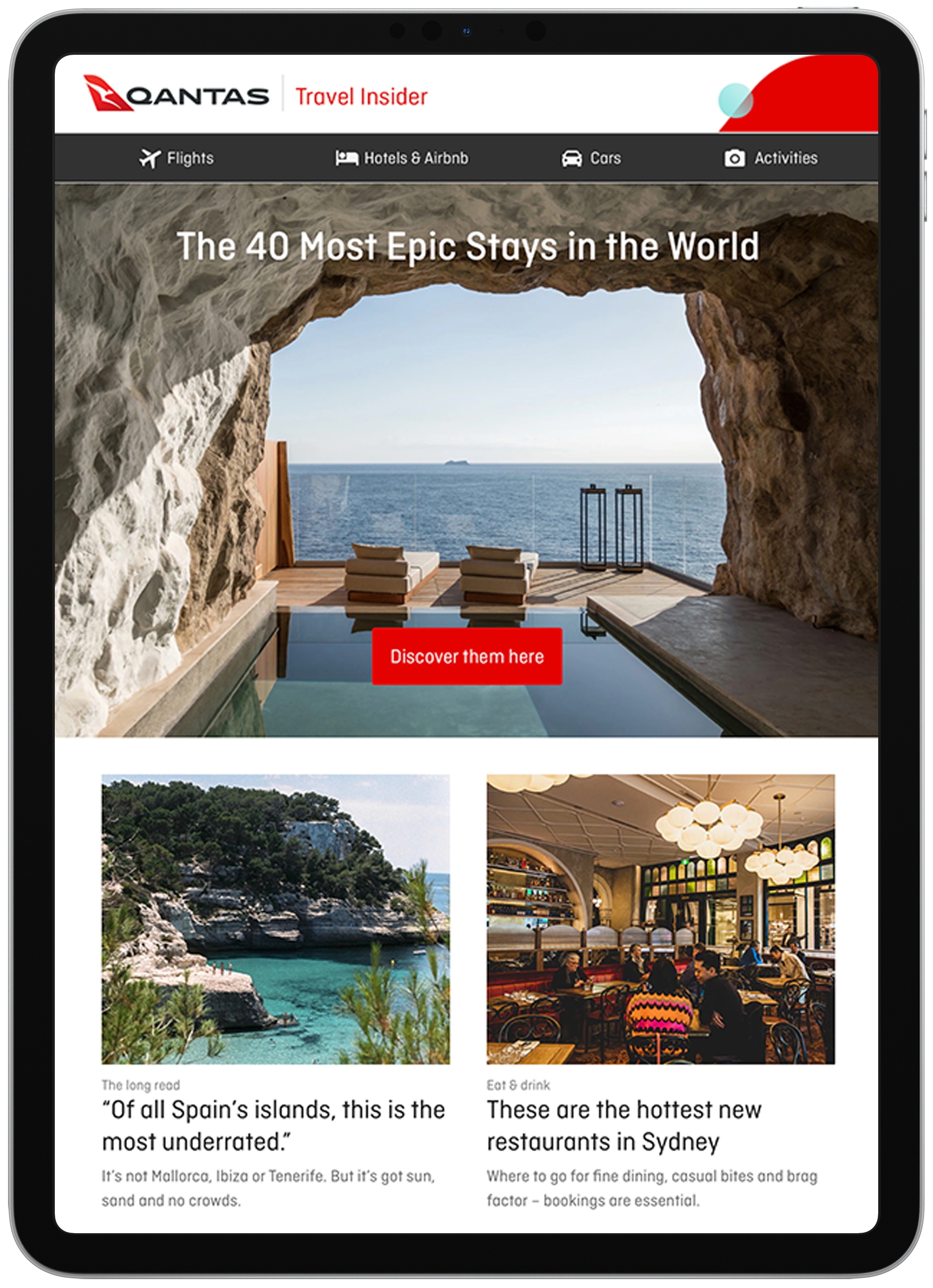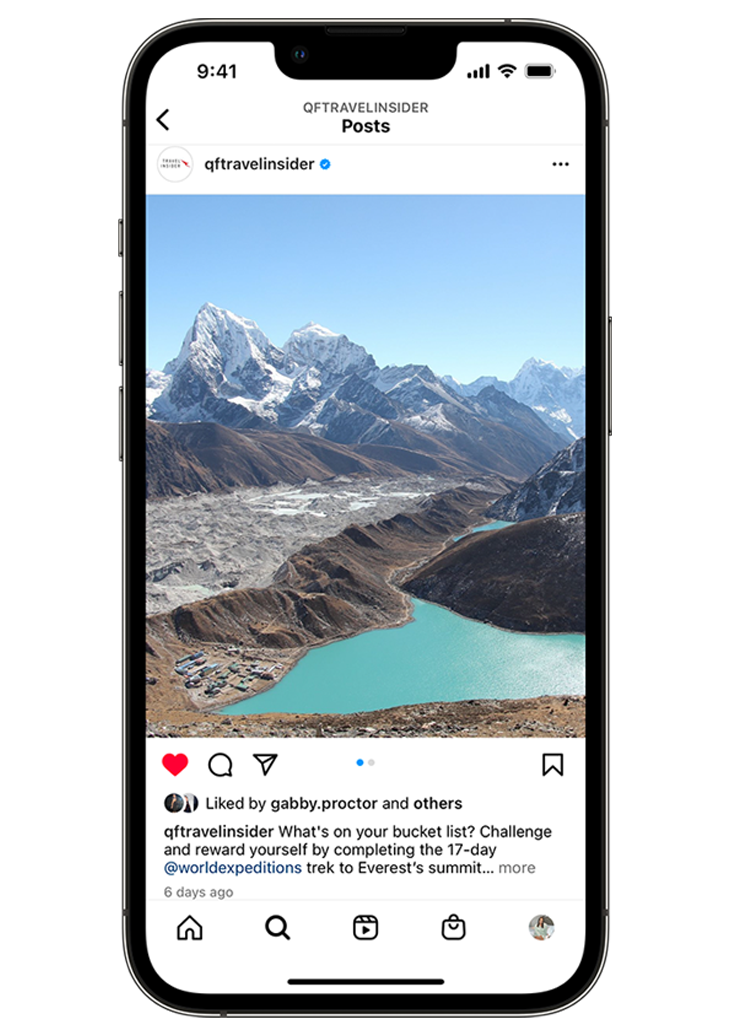The Best Things to See and Do on Tasmania’s West Coast
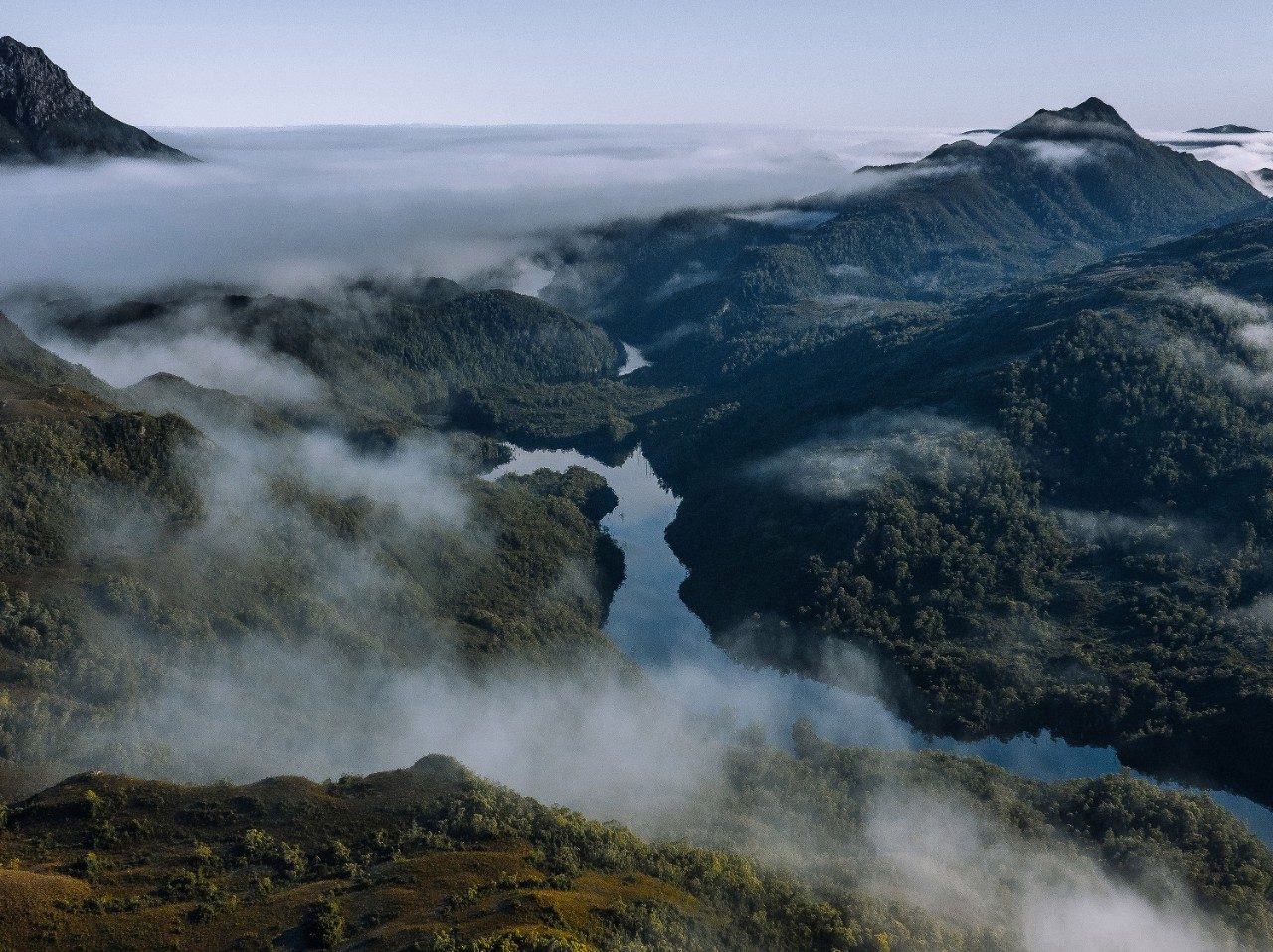
Tasmania has more than its share of rugged beauty. But for something a little wilder than Freycinet’s pristine beaches or tranquil Lake St Clair, the west coast is a rugged frontier of World Heritage-listed rainforest and foreboding mountains. Comprising five main towns – Tullah, Zeehan, Rosebery, Queenstown and Strahan – about two and a half hours’ drive from Launceston, the best way to explore is by car. From rafting raging rapids and hiking among millennia-old Huon pines to sampling exceptional local produce, here are the best things to do on a road trip through Tasmania’s west coast.
Spot glow worms in a mining tunnel
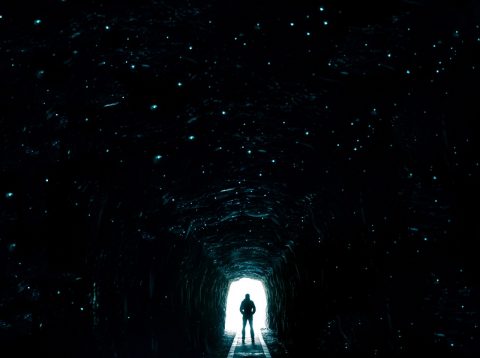
Known as “the Silver City” during the 1900s mining boom, Zeehan is home to the Spray Tunnel, a dark 100-metre-long passageway that’s dotted with glow worms and leads to an abandoned mine. You can also visit the eclectic West Coast Heritage Centre and watch a silent-era film at the Gaiety Theatre while you’re in town.
Chase the west coast’s most incredible waterfalls
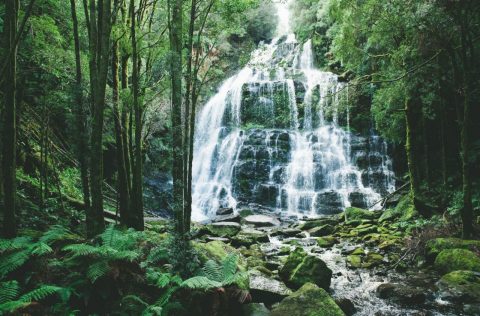
On Tasmania’s west coast, you’ll find three of the Apple Isle’s most beautiful – and accessible – cascades. Start in Gormanston, five kilometres from Queenstown, and follow the 30-minute boardwalk trail to see 50-metre-tall Horsetail Falls with Mt. Owen in the background – if walking isn’t an option, you can also see it from the Lyell Highway. The magnificent Nelson Falls (above) is around 30 kilometres east of Queenstown and is reachable via a wheelchair-friendly boardwalk. Similarly, Hogarth Falls lies a five-minute drive from Strahan town centre and is a 45-minute round trip through leatherwood, sassafras and myrtle trees. When you arrive, keep an eye on the creek below for the chance to glimpse a timid platypus floating past. Not sure when to visit? In winter the region experiences higher rainfall, so you'll see the waterfalls at their dramatic best – it's also when colourful forest fungi flourish on the forest floor.
Ride a heritage steam train
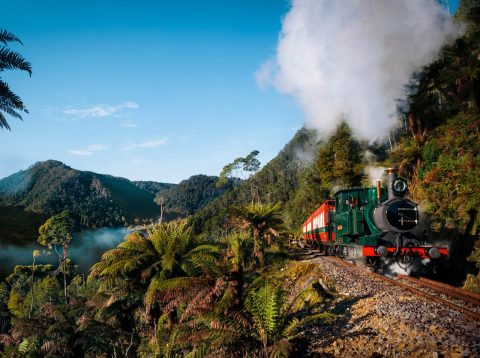
Built during the 1890s to transport copper through the mountainous rainforest, the West Coast Wilderness Railway is an icon of Tasmania’s locomotive legacy. On the four-and-a-half-hour Rock and Gorge round trip from Queenstown, passengers travel in restored timber carriages with food and drinks service available in the Wilderness carriages and historical commentary along the way.
Go mountain biking
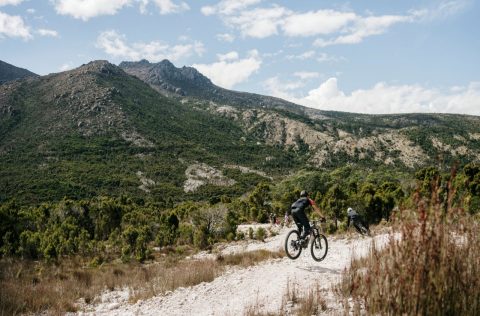
For those who like to get their heartrate pumping, Mt Owen’s MTB network in Queenstown offers more than 35-kilometres of mountain biking trails. Once heavily wooded, the region's industrial mining past has left behind a landscape of rugged ridgelines and distinctive geology. Immediately accessible by bike, the Lower Mountain trails, such as the leisurely 200-metre Conglomerate Creek Trail, are best suited to beginner and intermediate riders and offer impressive views of Mt. Owen (which towers 1,146 metres above sea level). Experienced riders will find their thrills on the Upper Mountain trails (the 9.9-kilometre Waterfall route passes by the top of Horsetail Falls), which serve extreme slopes and exhilarating descents, accessible by shuttle from Queenstown.
Cruise the Gordon River
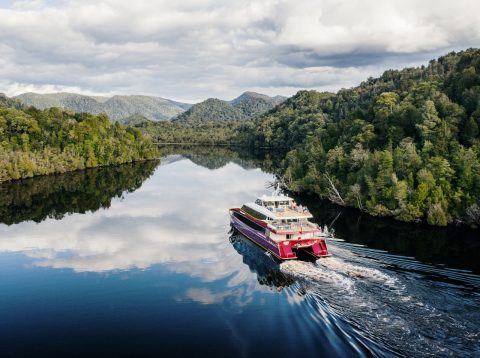
Marvel at the Gordon River’s famous rainforest reflections – ancient sassafras, myrtle and Huon pine, mirrored by the eerily calm waters – on a six-hour Gordon River Cruise aboard the state-of-the-art Spirit of the Wild. Setting off from Strahan, upper deck tickets include two guided walking tours through this Tasmanian Wilderness World Heritage Area to visit old convict-era ruins – you'll be regaled with fascinating historical tales along the way. The reward for your exertions? Canapés and a long-table lunch paired with Tasmanian wines.
Tasmania’s west coast is wild and remote, yet easily explored with a hire-car and an adventurous spirit. Plan your visit now at qantas.com.
Where to eat on the west coast of Tasmania

Fresh seafood takes centre stage at Risby Cove, a rustic-chic restaurant and boutique hotel overlooking Macquarie Harbour in Strahan. Think Little Swanport oysters grilled with miso butter and Tasmanian scallops baked in the shell.
While you’re in Strahan, stop at The Coffee Shack for a slice of homemade carrot cake, or for something more sizeable, head to Tracks on Point on The Esplanade for classic brunch fare including gourmet burgers, thickshakes, fluffy pancakes and locally-roasted coffee.
Also on the hit list: the National Trust-listed Empire Hotel in Queenstown, which serves up top-notch pub grub such as crunchy panko-crumbed parmigiana.
Where to stay on the west coast of Tasmania
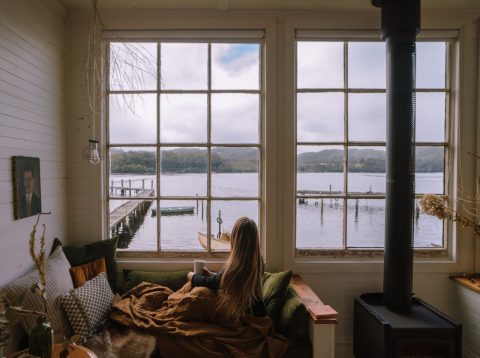
A cosy one-bedroom Airbnb, Captains Rest lies on the waterfront in the sleepy village of Lettes Bay. The Instagram-worthy interiors nod to its fisherman’s cottage heritage, with moody landscape paintings hanging on the walls and antique timber furniture filling the rooms. Rustle up a regional grazing platter in the compact kitchen, soak in the claw-foot tub or unwind in front of the fire overlooking the jetty.
If a grandiose retreat is on your wishlist, Franklin Manor in Strahan is your beat. Initially built for the harbour master in 1896, the boutique property boasts 13 elegantly appointed rooms and grand gardens.
Basing yourself in Queenstown? Penghana Bed and Breakfast is housed in one of Tasmania’s most historic mansions, with six queen-size rooms and suites, as well as a silver service breakfast. If you want to feel like you’ve walked straight into Downton Abbey, book the winter-only “Edwardian Banquet” on July 12 to indulge in a formal dining experience replicating the 1905 State Governor’s banquet, with dishes made from top-tier local produce and matching wines.
For a spot of glamping, head to Zeehan Bush Camp, a 40-minute drive north of Queenstown. Bell tents kitted out with comfortable beds, furniture and private fire pits cater to couples and families from November through April; no-nonsense self-contained cabins are available all year round.
You won’t see many souls roaming the rainforest, plying the Gordon River or inhabiting its gold-rush era ghost towns – but you’ll still find seasonal food and joy-sparking accommodation all over Tasmania’s wild west. Book tickets now at qantas.com.

Start planning now
SEE ALSO: Why Tasmania’s wukalina Walk is One of Australia’s Most Magical Experiences
Image credits: Emilie Ristevski; Jess Bonde; Pierre Destribats; Tourism Tasmania/Stu Gibson; Tourism Tasmania/Nick Osborne; Tourism Tasmania; Tourism Australia; Tourism Tasmania/Rob Burnett; Emilie Ristevskil; Tourism Tasmania/Jason Charles Hill

